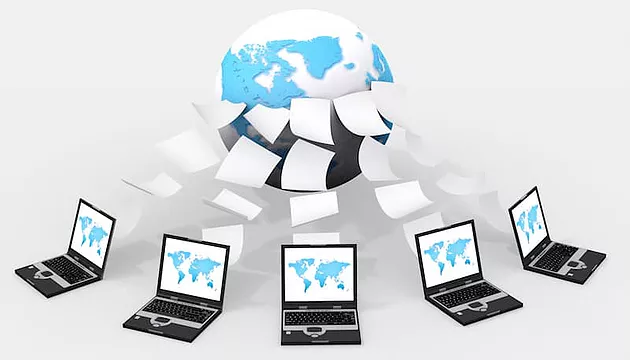Ever since live webcast and webinar services are introduced to the market, both services have become very popular for business or social events that are based in real time. It is very common that people will confuse between a live webcast and webinar service.
This is due to the fact that live webcast and webinar have similar functions and purpose. But experts in the video industry will disagree as there are still some key differences between a live webcast and webinar service and I hope that this article will explain what and how webcast and webinars work.
In layman terms, webcast services are often used for events which are broadcast by one host to many viewers style whereas webinars are broadcast by a few presenters to many online viewers. The similarity in webcast and webinar is both offers the same application for engagement and level of control to their audience.
In technical terms, both webcast and webinar services are broadcast via the Internet and accessed by a single URL on any video/audio device which is either in live mode or on demand. Both services can analyze viewer statistics and performance by using post-event registration, gated entry, and post-event data before and after the event. This means that the main difference in webcasting is the technology used as compared to a webinar event.
When it comes to practical use, live webcast services are mainly used in corporate or entertainment events with the purpose to educate and deliver information to a large group of invited attendees online whereas webinars are commonly used for interactive or collaborative events that demand active engagement, interaction or participation between the presenter and attendees. Examples will be seminars, leadership talks, and motivational speech events.
To summarise this topic, there is many similarities in term of technology for live webcast and webinar services but the difference begins based on the agenda of the event and application of both the webcast and webinar services.


get in touch